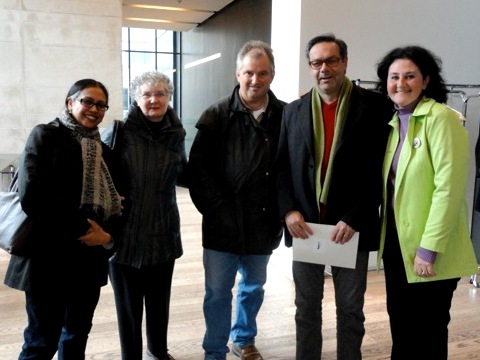Several months ago, an article written by J. Kelly Nestruck about a Montreal Theatre artist raised some controversy among my select group of theatre Facebook friends and associates. The article discussed Olivier Choiniére’s ‘Theatrical Hacking’ which took place at the Théâtre du Nouveau Monde 60th anniversary Season opener. Essentially – for the sake of keeping things brief – Choiniére
had bought the entire second balcony of the theatre for the final performance of director Yves Desgagnés’s production of L’École des femmes by Molière, and each of the Projet blanc spectators was given a ticket to the show. They were instructed to hide their headphones (and their intentions) until the house lights went down – and then put them back on and press play.
Take a read of the full article here.
The article and idea intrigued me to respond to several of the FBook threads going about, and in a hope to collect my thoughts, I decided I was going to write a more thoughtful post, which I then did and then forgot to post. 🙂
So although the conversation on Fbook has passed and the article I am sure has been forgotten, I recently stumbled onto the post and wanted to live up to my promise. Should you have any responses please email me, or post below. Would love to know what everyone else thinks.
______________________________________________________________________________________________
This is a very interesting debate, and though I don’t necessarily agree with the sentiment which Choiniere presented in his commentary – at least my understanding of it (negative opinion thus influencing the overall first experience of a theatre goer) and would not do this myself without first planning with the artist in question – I do find the concept and event fascinating.
Firstly, these individuals who attended the podplay event, were not audience members for TNM’s theatrical event, but for Choiniere’s. Though the performance space and subject of focus for commentary was TNM’s, the audience was brought to this experience though Choiniere. So these individuals paid Choiniere, who then paid TNM for several more seats than needed meaning nothing tangible was technically taken from TNM, aside from the monopoly of audience’s attention. Due to the steps Choiniere took, he ended up paying a premium for TNM’s production, of which TNM profited (Choiniere purchasing the entire balcony for audience less than capacity). This audience may never have attended TNM’s production if not for Choiniere, so in a way Choiniere helped to market this show. Even though his commentary was negative, the cliche ‘there is no such thing as bad publicity,’ must be considered because this ‘hack’ activity has brought great publicity to both Choiniere and TNM, which I assume will be beneficially to both parties. Lastly, there is no way to tell whether or not the select audience members that experienced Choiniere’s experiential version of TNM’s production will stop at this first influenced viewing or if they are intrigued enough by the presentation to view it without Choiniere’s commentary. This would likely depend on the value of the subject, in this case TNM’s production, and the personality type of the audience member, but even the journalist mentioned the potential of the idea to create repeat viewings.
Now it wasn’t clear to me whether the Choiniere audience was able to hear an equal mix between the TNM production and Choiniere’s podplay. Some feel that there is no way they could have, but depending on sound in the space and whether they plugged both ear buds in, there could have been an audience member experience that was a mix of both the production and commentary. I assume that this would have been disorienting, but without experiencing it myself or hearing from the audience in question, I can’t say whether there is value in the effect. It may be an interesting journalistic venture to speak to these individuals as a case study of the effectiveness of the event concept. I would be very interested to hear their opinions as to how it affected their experience as well as their impression of the TNM show.
I think the crux of the issue is the ‘hacking’ of communication between artist and audience, of which I am somewhat indifferent. I assume if this were my production, I would initially be angry, but that anger would be a result of surprise of my artistic expression being criticized and the sacred theatrical space I created being co-opted. We are traditionally used to some span of time between production and criticism, but Choiniere has used technology to tighten this time gap, and thus inserted the criticism into the production. TNM’s expression was not altered, but rather reframed and resold to a new audience, for which TNM effectively received royalties (Choiniere’s purchase of the balcony seats – as stated above).
Doing this without permission is where the rub lies, and I am not sure if terming it a ‘rape’ is appropriate or inflammatory. I suppose inserting one’s opinion into the experience of these audience members without permission from the artist could be considered ‘rape,’ but the experience is not the artist’s it is the audience member’s and these viewers were consenting parties in the action. It did not alter or change the production, only the experience for those that knowingly took part.
Consider the YES Men and their hacking of corporate events, are they committing a similar form of ‘performance rape?’ I am sure the corporations they imitate would consider so, but many of us in the arts find these antics, clever and needed to push forward an anti-corporate agenda thus creating public dialogue and discourse. Should Choiniere have started performing in the balcony for his audience thus influencing the entire space I would agree Using private listening devices keeps the experience just that – private. If a young audience member chooses to listen to their personal music list, which in the theatre – is that youth performing ‘theatrical rape?’
Just terming this a rape seems grossly misplaced. Rape is a severe assault on someone’s mental, emotional and physical being; an event that forever alters a person’s life and mind. Rape’s goal is to destroy personal power and oppress. Choiniere’s actions, though exploitive, were not comparable to this deplorable act. I understand the connotation with which the statement ‘theatrical rape’ suggests, but it is insulting to victims of rape to compare their experience to that of an artist’s production being exploited.
Choiniere is attempting to connect shadow tech/internet culture with that of theatrical culture – just calling this event a ‘hack’ is clear indication of this. This is exciting to me. The sentiment of invading an artist’s space without their permission could be considered an assault (depending on the artist), similar to one’s hacking of a computer for information. A question to those in the FB’o’sphere is whether you consider wiki-leaks from hacked sources to be an assault on the government, or a right of the public to information and transparency? It could be argued that the traditional two party communication of message and meaning from artist to audience has been altered into three party communication, which isn’t necessarily bad, just different. Of course, this three party concept depends on whether each voice can be appreciated and interpreted simultaneously, which may not be the case, but nonetheless the act and the concept are not ‘assault,’ rather exploitation.
Perhaps this action helps us artists to not be so sacred and, as some would say, ‘precious’ with our expression. Perhaps this could effectively help to strengthen expression and diversify theatre to a public that cannot receive the value of a traditional performance. Choiniere has further commoditized the audience’s real-time experience of art. Potentially with this door open, there is possibility for anyone to sell their opinion within live events, which could be dangerous for our traditional understanding of performance art, but it could have the reverse effect and make our work as artists speak more clearly to audiences.
What is certain is that Choiniere brought to the public’s eye a new form of communication with audience. As of now he is the only person I have heard of that has used the smart phone as a value add to auditory experience in live performance. He may not be the first, but for me he is, so I respect this. This could provide great opportunity for a more layered and invasive theatrical experience. Consider themes, character, direction and design that is created with these listening device that adds to the live performance. This direct personal connection to your audiences hearing could provide an intimacy no other event could create; whispers and confessions too secret for public expression.
Specifically for our style of work at MCT – and I would assume other community arts organizations – this theatrical layer could create great opportunity for continued community collaboration. Think Project: Humanity’s The Middle Place spliced with the voices of the individual sheltered youth. Obviously this specific example given may have its own ethical issues, but if a project was created with transparency from all sides it could be a wonderful layer to performance.
Overall, I am fascinated by the concept, and intrigued by the debate. I don’t think I sit in support or in opposition, but I do think the dialogue is needed as we navigate the relevance of theatre in modern life. I don’t know what was stated during the commentary, but it seems to me that the idea is more valuable than the specific real time review that was offered. His version of this concept seems less DVD commentary, as the journalist stated, and more MuchMusic comedy commentary on music videos and pop culture. Not exactly the height of theatrical protest activism. Either way a good discussion piece. I wonder what Peter Brook would think?


